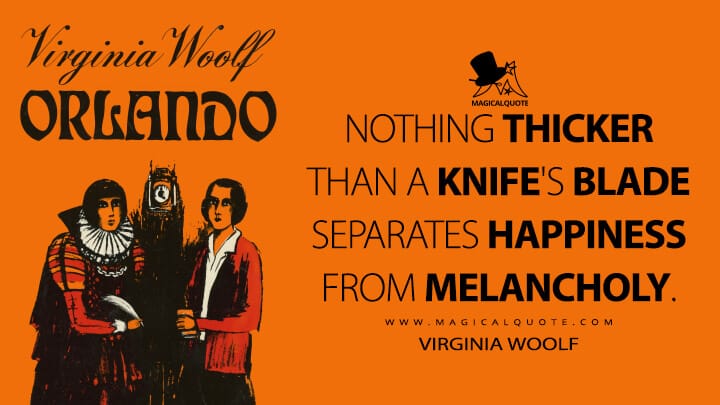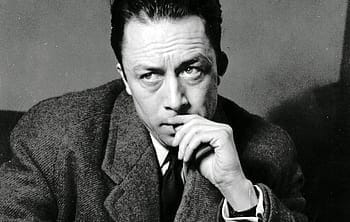Virginia Woolf on Gender Roles: Challenging Societal Expectations
Virginia Woolf’s A Room of One’s Own highlights how traditional roles of motherhood and household responsibilities took a physical and emotional toll on women. She explains how these duties left little time for women to explore intellectual or professional ambitions. Woolf points to women like Mrs. Seton, who were expected to raise large families and manage homes while being financially dependent on men. “Making a fortune and bearing thirteen children—no human being could stand it,” she remarks, showing the overwhelming strain of these roles.
How Traditional Roles Confined Women’s Lives
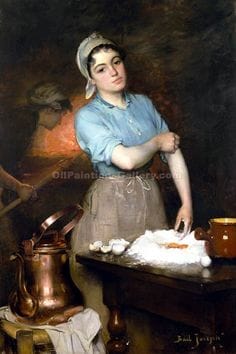
In the nineteenth and early twentieth centuries, women were tied deeply to domestic life. Large families were the norm, shaped by cultural expectations, the absence of contraception, and the heartbreaking reality of high infant mortality rates. Motherhood was seen not as a choice, but a destiny. Virginia Woolf captures this in painfully simple words: “First there are nine months before the baby is born. Then the baby is born. Then there are three or four months spent in feeding the baby. After the baby is fed, there are certainly five years spent in playing with the baby.” It was a cycle that rarely ended.
Motherhood and household management consumed a woman’s life almost entirely, leaving little space for her to dream or to create. It was not just the work itself, but the expectation that a woman’s highest value lay in her service to others. Woolf asked the question that many dared not voice: “Is the charwoman who has brought up eight children of less value to the world than the barrister who has made a hundred thousand pounds?” Through this, she exposed the cruel ways society measured a person’s worth, valuing public success and money over the unseen labor that sustained homes and generations.
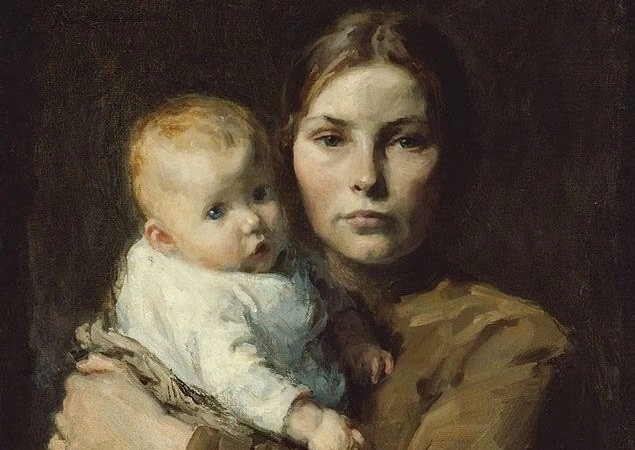
Financial independence was at the heart of Woolf’s vision for change. Without money, a woman was tied to dependence and had no real freedom to choose her path. In her famous declaration, she wrote: “A woman must have money and a room of her own if she is to write fiction.” Freedom to create, to think, and to contribute meaningfully to the world required not just talent, but tangible resources.
Woolf looked back at the women of earlier generations with a mixture of sorrow and anger. “What had our mothers been doing then that they had no wealth to leave us? Powdering their noses? Looking in at shop windows? Flaunting in the sun at Monte Carlo?” Her sharp tone was not aimed at those women themselves, but at the system that had denied them the means to secure independence and legacy.
If only, she mused, they had been able to accumulate wealth and direct it toward future generations. “If only Mrs Seton and her mother and her mother before her had learnt the great art of making money and had left their money… to found fellowships and lectureships and prizes and scholarships appropriated to the use of their own sex.” Woolf knew that real change could not be achieved by good intentions alone. It needed institutions, opportunities, and support built from the ground up.
Why Society Needs to Value Women’s Contributions
Woolf also questions how society measures the value of people’s contributions. She challenges society’s narrow definition of success, arguing that the labor of raising a family is no less valuable than high-earning professional achievements.
Virginia points out that society’s standards of value keep changing over time: “Not only do the comparative values of charwomen and lawyers rise and fall from decade to decade, but we have no rods with which to measure them even as they are at the moment.” This shows how arbitrary societal judgments can be and highlights the need to value women’s contributions in all forms—whether domestic, professional, or intellectual.
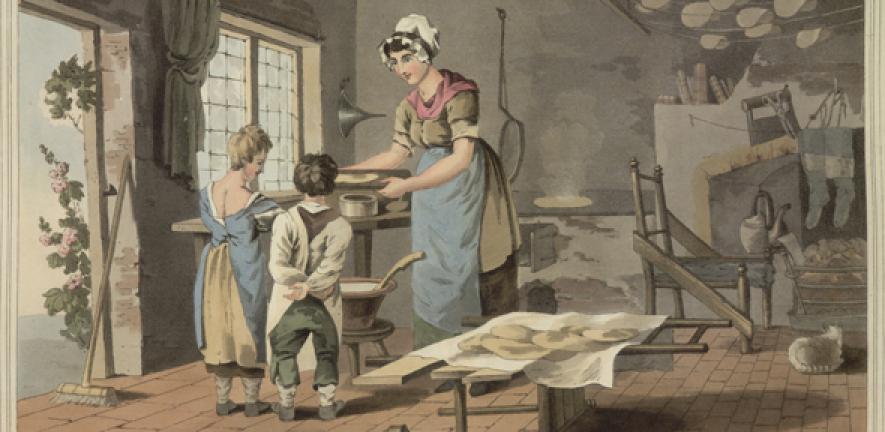
The Stifling Expectations and the Imagination of Freedom
Woolf understood that gender inequality was not just economic, it was deeply psychological. It shaped how women were raised, what they were encouraged to dream, and how they were allowed to see themselves. In her essays, she often spoke of the “Angel in the House,” that suffocating ideal of the selfless, modest woman who existed only to serve others. Woolf believed that every woman who sought to create would have to “kill” this angel in her mind to find her true voice.
Her fictional figure of Judith Shakespeare is one of her most haunting creations. Woolf imagines a sister to William Shakespeare, equally gifted, but denied education, beaten for her reading, forbidden to act, and ultimately broken by the weight of frustration and despair. “She lies buried where the omnibuses now stop, opposite Elephant and Castle.” Judith’s grave is unmarked and unnoticed, a silent reminder of all the women who were never allowed to become what they might have been.
Yet Woolf did not only mourn what was lost. She dared to imagine a future where women could move freely into every profession and field of study. “The nursemaid will heave coal. The shopwoman will drive an engine.” She envisioned women claiming spaces in places once closed to them, not as visitors or exceptions, but as rightful participants.
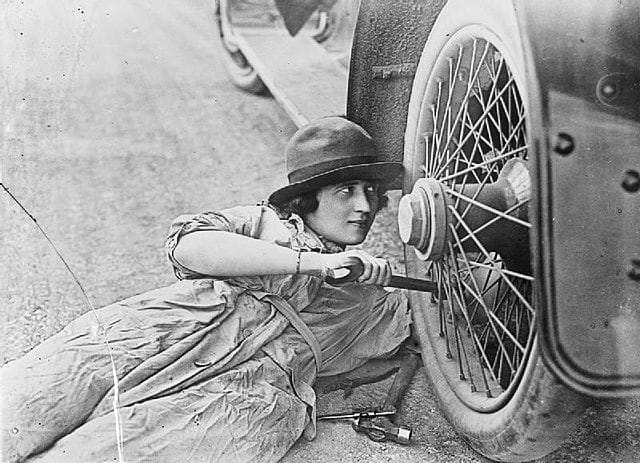
Even so, Woolf acknowledged that equality was more than opening doors. She asked thoughtfully, “Remove that protection, expose them to the same exertions and activities… and will not women die off so much younger?” She was aware that true liberation would require changing how society itself valued rest, creativity, and emotional life. Simply copying the structures built for men would not be enough. A better world had to be imagined, one that nurtured life rather than exhausting it.
In her later writings, particularly Three Guineas, Woolf expanded her ideas. She saw women’s entrance into public life not just as a right but as a chance to heal the very culture of domination that led to war and suffering. She urged women to remain outsiders in spirit, questioning power and proposing new ways of living that did not rely on conquest or submission.
Woolf’s Dream of a Freer World
Virginia Woolf’s dreams were rooted in a deep belief that women had as much to contribute to knowledge, art, and human advancement as men ever had. She longed for a future where women would not only participate but flourish across every field. “Archæology, botany, anthropology, physics, the nature of the atom, mathematics, astronomy, relativity, geography.” In listing these fields, she was not simply naming careers. She was pointing to the whole universe of inquiry that women had been kept from exploring.
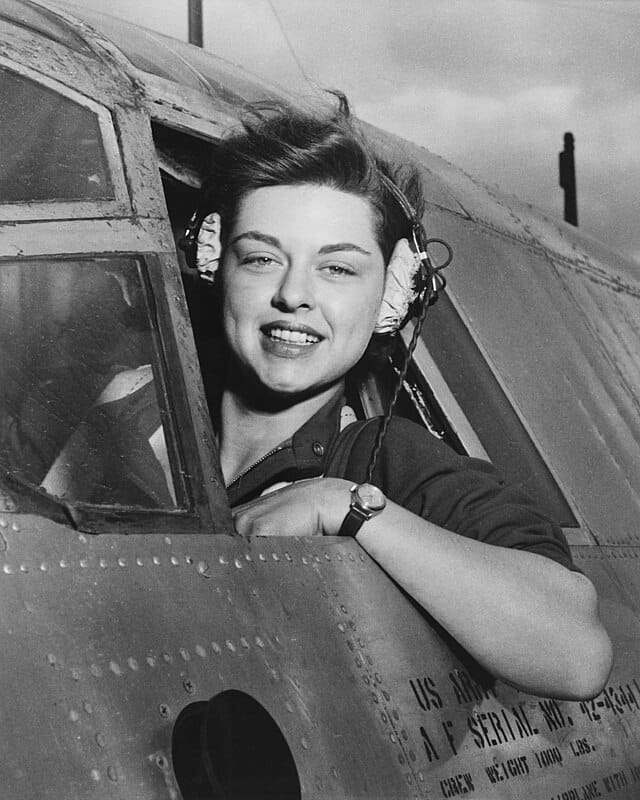
She also imagined women enjoying the small but profound freedoms that had been so long denied. She pictured a woman “contemplative on the steps of the Parthenon” or “going at ten to an office and coming home comfortably at half past four to write a little poetry.” These were not grand dreams of fame or power, but of a life lived thoughtfully, freely, and fully.
Woolf’s vision was not only for women to succeed within the old structures. It was for them to transform the world by living differently. She believed that when women were truly free to think, to create, and to lead, society itself would become more just, more creative, and more humane.
Her words still ring with urgency today. We live in a world where women have achieved much, yet the deeper work Woolf spoke of remains unfinished. Gender inequality has shifted forms but not disappeared. Financial independence, creative freedom, and respect for all types of labor are still ideals that require our attention and commitment.
Virginia Woolf did not just argue for more opportunities for women. She called for a reimagining of what it means to live a meaningful life, to create, to love, and to build a better society. Her voice reminds us that the work of liberation is not only about what doors are opened but about what new worlds we dare to create once we walk through them.

